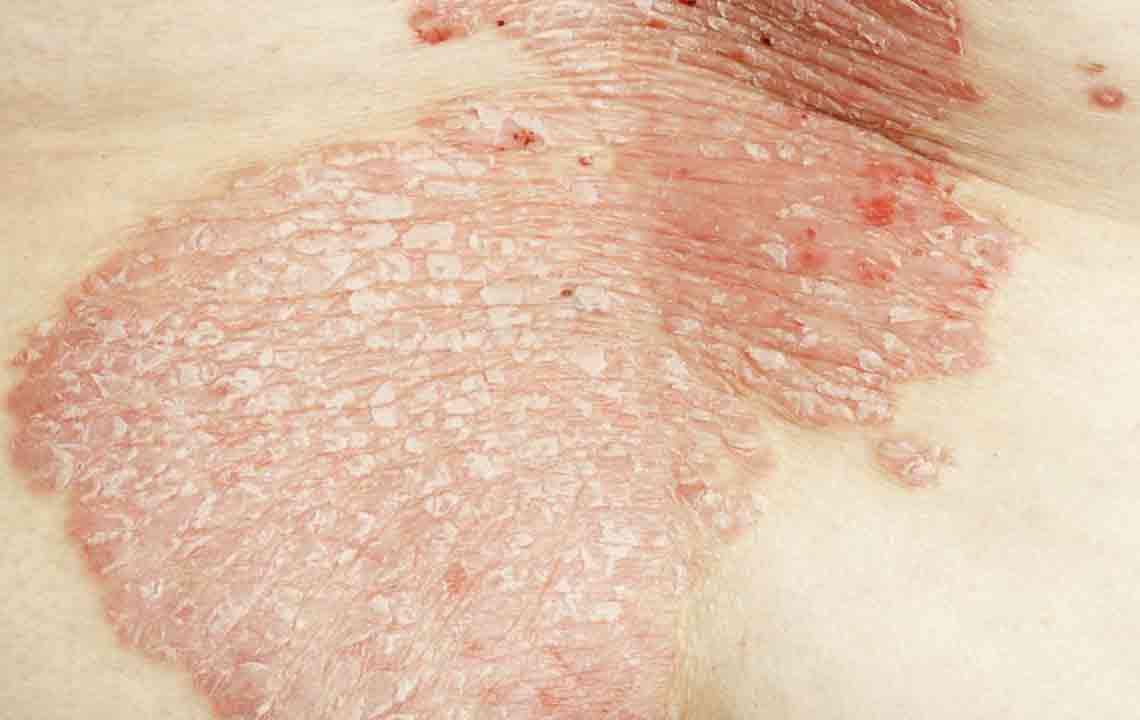Comprehensive Guide to the Seven Main Types of Eczema
Discover the seven main types of eczema, each with unique symptoms including redness, dryness, and blisters. This guide highlights key features, triggers, and management tips to help identify and treat different eczema variants effectively for better skin health.

Explore the Seven Main Categories of Eczema
Eczema is a skin inflammation characterized by itching and irritation. Its precise cause remains unclear but may involve genetic factors or sensitivities to environmental triggers. Notably, eczema is non-contagious. While widespread, it is usually not serious but can significantly impact comfort. Effective treatments exist, with most cases clearing in three to four weeks. Various forms of eczema, or dermatitis, exhibit unique symptoms like redness, dryness, blisters, or peeling skin. Recognizing these features can aid diagnosis, but consulting a healthcare professional is recommended for accurate assessment.
There are seven well-recognized eczema types, each sharing common signs such as itching, redness, and dryness. Some forms may also cause blisters or peeling skin. Identifying the specific type helps in choosing targeted treatment. While online images and descriptions can be informative, a healthcare provider’s diagnosis offers certainty. Below are some of the most common eczema variants.
Atopic Dermatitis
Also known as atopic eczema, this condition leads to inflamed, itchy skin, often resulting in cracked patches with clear fluid. It commonly appears behind the knees or inside elbows and may be linked to conditions like asthma or hay fever. Managing triggers and avoiding irritants help in controlling this chronic issue.
Contact Dermatitis
Caused by direct skin contact with irritants such as cleaning agents, solvents, or plants like poison ivy. Allergic reactions to nickel or skincare products are also common. With proper care, symptoms typically improve within two to three weeks.
Dyshidrotic Eczema
Characterized by small, itchy blisters on fingers, toes, palms, or soles, often triggered by nickel-containing jewelry. Preventive strategies include avoiding triggers, moisturizing regularly, wearing loose cotton clothing, and limiting water exposure to soothe the skin.
Hand Eczema
Frequently affecting individuals who work with water or chemicals, wearing gloves during chores can prevent aggravation. Protecting hands from irritants is vital for managing persistent symptoms.
Neurodermatitis
Similar to atopic eczema, it causes thickened, scaly patches on the neck, scalp, shoulders, ankles, or wrists, sometimes discolored. Covering affected areas and moisturization can reduce symptoms and prevent worsening.
Seborrheic Dermatitis
A chronic form caused by yeast on the skin, presenting as greasy, red, swollen patches with white or yellow crusts. Medical evaluation is recommended for appropriate treatment options.
Stasis Dermatitis
Occurs in lower legs where blood flow is impaired, resulting in oozing, ulcers, or infections in cracked skin. Medical intervention is necessary for effective management.
If eczema is suspected, consulting a healthcare provider is crucial. Online resources for images, signs, and treatment tips can be helpful, but professional diagnosis ensures proper care.


